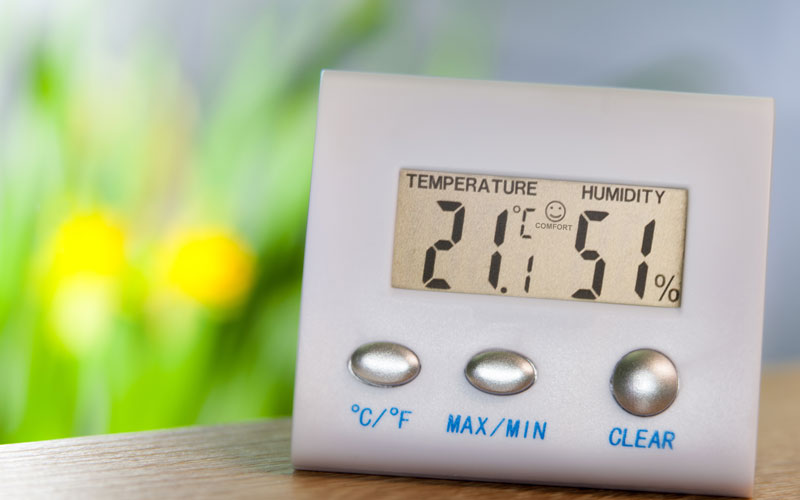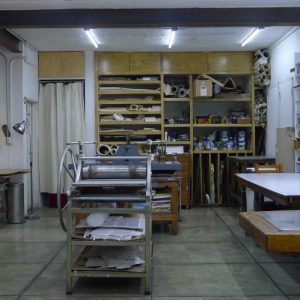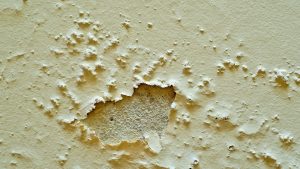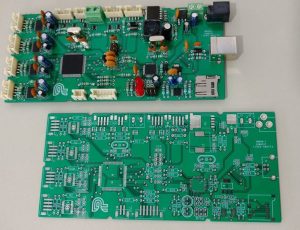Quality projects and graphic arts with the use of automated humidifiers
Generally, in special jobs or projects, the weather conditions must be ideal so that relevant jobs are not spoiled. Just a humidity that is too high or too low usually wreaks havoc on any material with which it is worked.
Maintaining a constant relative humidity in artistic workshops that involve the use of paper is not an easy task, since this type of material is highly susceptible to the slightest changes in atmospheric saturation. These work environments, such as screen printing, must be very well protected from within their work, with a good thermal environment and, if possible, with humidifying systems.
With a moisture imbalance, the paper begins to take shapes that are not ideal for an entire printing cycle, in which the processing of the paper itself is at risk. The sheets can change size and their flexibility will not be as expected.
50% to 60% humidity in graphic arts workshops
That should be the range for working in print and graphic arts rooms. However, the same heat from the machines, plus the ventilation/heating, and the same heat release from the human, forms a mix of humidity fluctuations, affecting the industrial printing process. This must be controlled with good humidifiers and, in general, good internal air conditioning.
Not addressing this will result in a systematic waste of time and money, which perhaps in an industrialized art environment may not seem like much, but ultimately smaller businesses cannot afford that luxury.
Improvements or benefits of a humidifier system for printed products and graphic arts projects
 Productivity is increased significantly, by not having to deal with constant problems in printing cycles or other paper problems, due to inadequate humidity. In addition, a good environment, balanced from the thermal and humid point of view in any interior, guarantees the comfort of people who work in graphic arts.
Productivity is increased significantly, by not having to deal with constant problems in printing cycles or other paper problems, due to inadequate humidity. In addition, a good environment, balanced from the thermal and humid point of view in any interior, guarantees the comfort of people who work in graphic arts.- Controlled humidity prevents electrostatic charges. It is proven that the drier an area is, the more static it will suffer. As a clear example, a computer and data room must have excellent humidification. Well, the case is the same for a graphic arts workshop, since controlled humidity will allow a good performance of the paper, thus avoiding adhesion between its sheets.
- Less misalignment and variations in printing cycles. Artist workgroups that have labored under unsuitable conditions in print shops have noted an increase in print misalignments, as well as significant paper variation. As conditions improve, these time and money-wasting problems are lessened.
- The humidifier in the graphic arts workshop greatly improves the performance of the machines. This can be verified, with a machine that requires less rest during automatic feeding. In addition, the printing mechanisms will be more efficient in absorbing ink, thus giving better results in print quality.
- The environment is sanitized. A good humidification system will give a sense of cleanliness to any closed room, reducing residues and dust that are potentially harmful to people, machinery, and material used in a graphic arts room.
Importance of discerning between one humidifier and another
It is important to check the advantages of some models over others, and thus know how to select the best type of humidification for the graphic arts area. First, to know if the best is an adiabatic or steam mechanism, depending on the construction and the distribution of the area. Likewise, knowing how to choose the one with the best energy consumption, knowing that it will be working most of the time, at least while it is working. It mustn’t be too ostentatious to install, since even a portable device could be more than enough; if it were more robust workshops, then perhaps the way of installing will change.


 Productivity is increased significantly, by not having to deal with constant problems in printing cycles or other paper problems, due to inadequate humidity. In addition, a good environment, balanced from the thermal and humid point of view in any interior, guarantees the comfort of people who work in graphic arts.
Productivity is increased significantly, by not having to deal with constant problems in printing cycles or other paper problems, due to inadequate humidity. In addition, a good environment, balanced from the thermal and humid point of view in any interior, guarantees the comfort of people who work in graphic arts.

